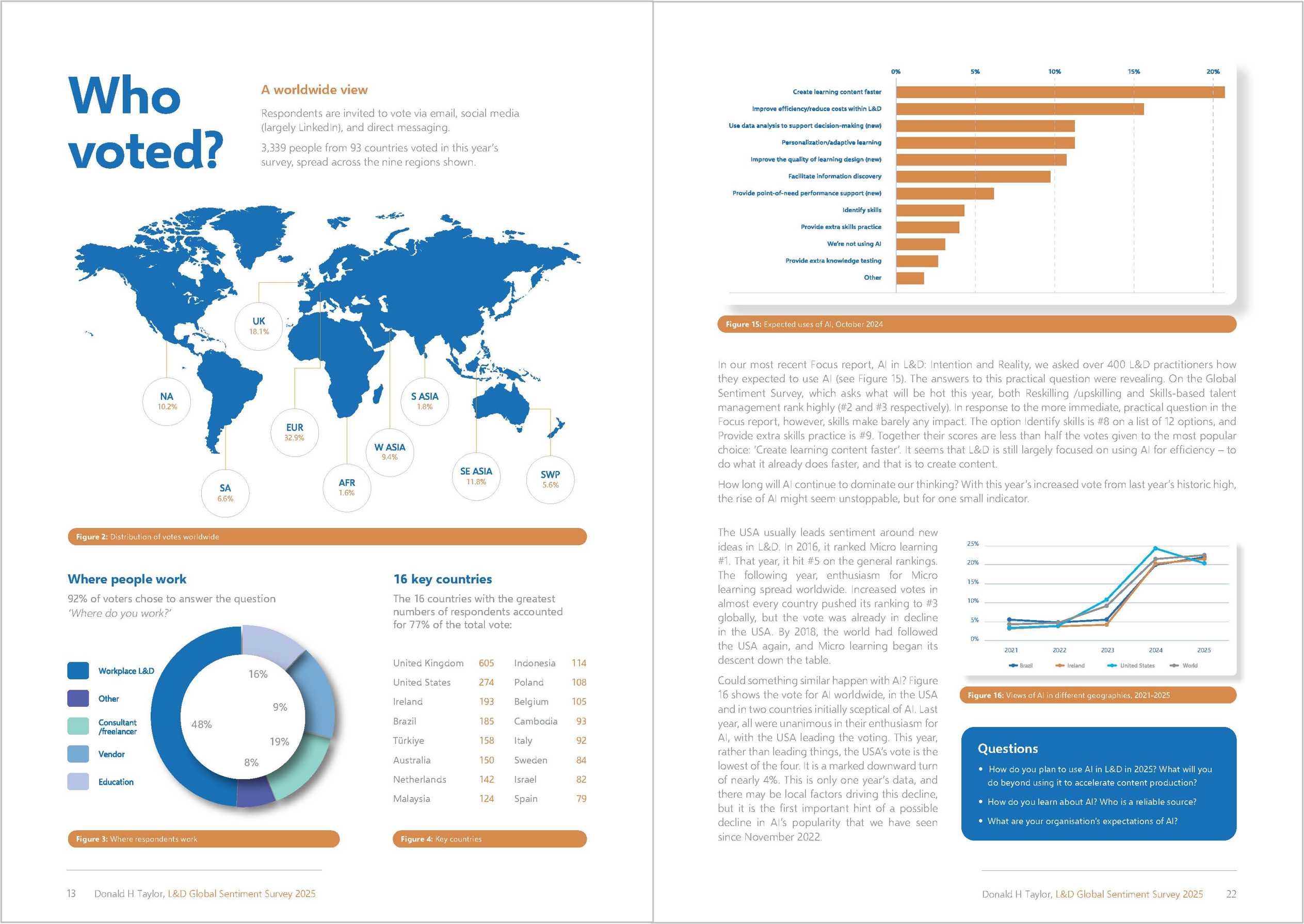What is Talent Management? (Part 2)

On Monday I noted that most definitions of Talent Management focus on its constituent activities. This is rather like defining a car by describing what you do with the steering wheel, mirror and pedals. It gives you a lot of detail, but misses the bigger picture: a car is a vehicle. It gets you to your destination.
So, focusing on bigger picture of Talent Management, I defined it as:
Making capabilities match commitments
Talent Management is about getting the organisation to its destination – today, and tomorrow. A lot lies behind these four words….
Tom O’Brien noted that there is a focus on action in the word Making. He’s right. Talent Management is not something that will happen by itself. It needs coherent, focused effort in three areas:
- Understand what your people can do
- Deploy them better today
- Ensure they can do more tomorrow
Again, the verbs at the head of each of these processes demand action.
Making TM Happen
Under each of these processes come those activities that lead most definitions of Talent Management. For example:
- Understand what your people can do
• Assessment
• Meeting Compliance Requirements - Deploy them better today
• Resource Planning and Deployment
• Performance Management
• Outsourcing/Contractor Management - Ensure they can do more tomorrow
• Recruitment
• Performance Management
• Learning and Development
• Succession and Career Planning
– of course, this isn’t an exhaustive list.
A quick aside: this definition could potentially apply to the entire workforce, and it should. Yet Talent Management is often used to describe the different, but precise art of identifying and fostering an organisation’s future leadership. This is a legitimate discipline, but it is no longer how the term is generally used. I have chosen to be descriptive rather than proscriptive in my definition.
Does ‘Talent’ = ‘Marketing BS’?
Is talent, then, just a pleasant header for a collection of HR activities that result in high performance?
No. Talent Management is not all these activities taking place separately. It is all these activities taking place together, as a coherent whole. And in that, the idea of talent is important as something that is carried from one process to another.
Strictly speaking, a talent is something that some is born with – natural ability. However, that is not again how the term is currently used in this context. Here, it refers to the combination of skills, knowledge and attitude that determines their potential value, both to an employer and to themselves, in the employment marketplace.
And here’s the crucial question: given that management relies on measurement, can you measure talent?
The answer is that you can only measure what you can see. You measure the demonstration of a person’s knowledge; you observe what their behaviours reflect of their attitude; you see how their skills are applied, against a model of a skills framework.
The result: a profile of that person’s skills, knowledge and attitude. In fact, most organisations can benefit by starting with a simple skills profile – they can extend it to knowledge and attitude later.
I’m not stating anything new here. The psychometric tools and competency models of ITG, Lominger, SHL, and Hudson have proven their value over time.
The trick – as I have stated elsewhere – is to make this information available to all these HR activities, so that each is more efficient, and together they are more efficient.


